In the pristine wilderness of Alaska, a remarkable behavioral adaptation is unfolding among certain wolf populations. These traditionally terrestrial predators have been observed venturing into streams and shallow coastal waters to catch fish. This surprising shift in hunting behavior represents an extraordinary example of behavioral plasticity in a species typically known for pursuing ungulates like moose, caribou, and deer. The emergence of fishing wolves in Alaska offers a fascinating glimpse into how wildlife adapts to environmental conditions and resource availability. Scientists studying this phenomenon have documented several packs in specific regions of Alaska that have incorporated fishing as a regular part of their hunting strategy, particularly during salmon runs. This article explores the causes, contexts, and implications of this remarkable behavioral adaptation.
The Discovery of Fishing Wolves in Alaska
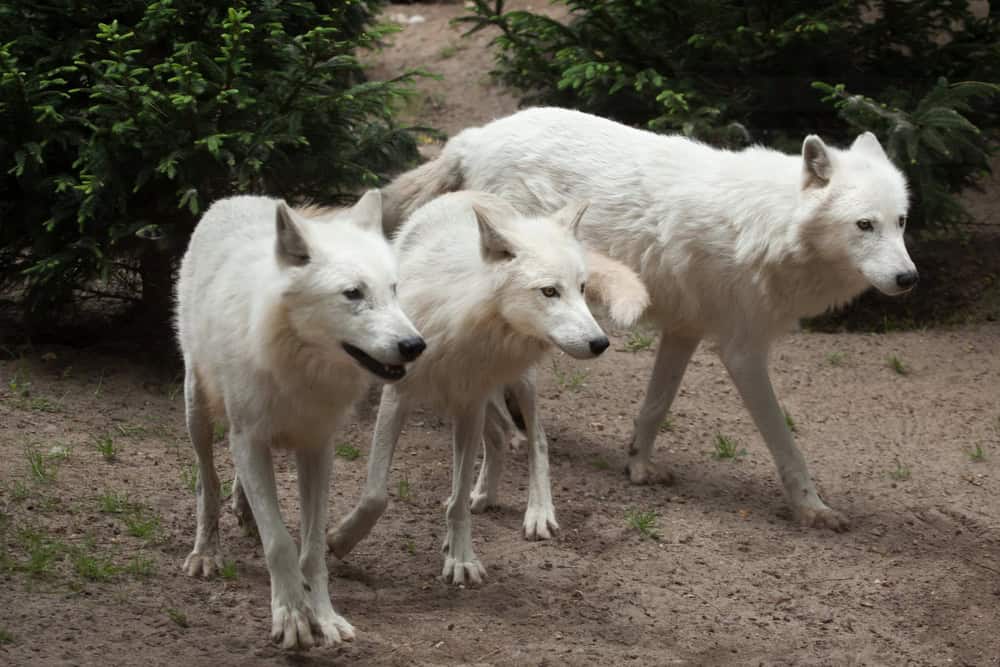
Wolves fishing was first formally documented in scientific literature in coastal regions of British Columbia and Alaska in the late 1990s and early 2000s. Researchers observed wolves wading into streams during salmon spawning seasons, using their jaws to snatch fish with remarkable precision. Initially thought to be anomalous behavior, continued observation revealed that this was a consistent, learned feeding strategy passed down through generations in certain packs. The most well-documented fishing wolves are found in Southeast Alaska, particularly in the Alexander Archipelago, and in coastal areas of Katmai and Lake Clark National Parks. Long-term studies have now confirmed that this isn’t merely opportunistic behavior but a specialized hunting technique that some wolf packs have mastered and incorporated as a significant nutritional strategy.
Salmon: A Seasonal Bounty for Alaskan Wolves

Alaska’s legendary salmon runs represent one of the greatest wildlife migrations on Earth. Every year, millions of salmon return from the ocean to spawn in the freshwater streams and rivers where they were born. This predictable, abundant resource hasn’t gone unnoticed by local wolf populations. The five species of Pacific salmon—Chinook, sockeye, coho, pink, and chum—return to Alaskan waters at different times between spring and fall, creating a potential food source that spans several months.
For wolves that have learned to exploit this resource, salmon runs provide a rich, fat-filled food source precisely when they need to build reserves for the harsh Alaskan winter. Studies analyzing wolf scat and stable isotopes in wolf tissue have shown that salmon can constitute up to 20-25% of the annual diet for some coastal wolf packs, highlighting the significant nutritional contribution of this fishing behavior.
The Ecological Niche of Coastal Wolves

The wolves that engage in fishing behavior in Alaska belong to what scientists often refer to as “coastal wolves” or “sea wolves.” These populations inhabit the temperate rainforests and coastal areas of Southeast Alaska and have developed unique adaptations to their maritime environment. Unlike their interior counterparts that rely heavily on large ungulates, coastal wolves have broader diets that can include deer, small mammals, marine mammals, intertidal organisms, and fish.
This dietary flexibility allows them to survive in landscapes where large land mammals may be less abundant or where seasonal resources like salmon create temporary abundance. Genetic studies have shown that these coastal wolves have distinct genetic markers compared to interior wolves, suggesting that their adaptation to coastal environments may have deep evolutionary roots. Their ability to fish represents just one aspect of their specialized adaptation to life at the interface between land and sea.
How Wolves Fish: Techniques and Strategies
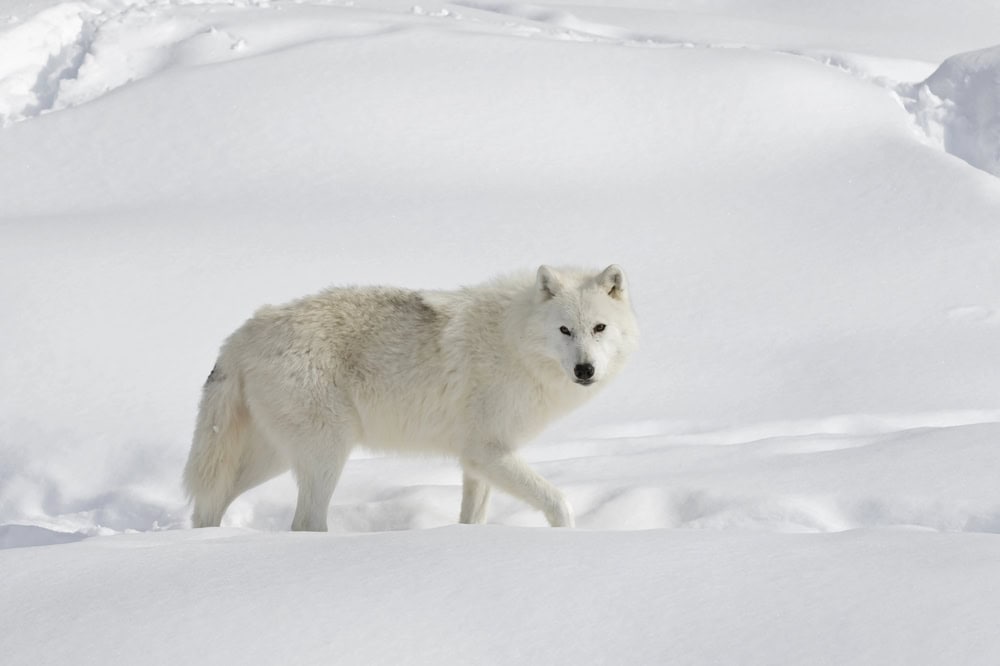
The fishing techniques employed by Alaskan wolves are remarkably sophisticated and display evidence of learned behavior. Most commonly, wolves will wade into shallow streams during salmon runs, standing motionless or slowly stalking through the water before making lightning-quick bites to capture fish. Some wolves have been observed diving their entire heads underwater to grab salmon, while others use teamwork to corral fish into shallower waters.
The most skilled fishing wolves achieve success rates comparable to bears, catching a fish every few attempts. These wolves typically target weakened or dying salmon that have already spawned, as these fish are slower and easier to catch. Interestingly, researchers have noted different fishing styles among different packs and even individual wolves, suggesting cultural transmission of techniques within family groups. Younger wolves learn by observing experienced pack members, with juveniles often showing increased proficiency after multiple seasons of watching and practicing alongside adults.
The Nutritional Benefits of a Fish-Based Diet
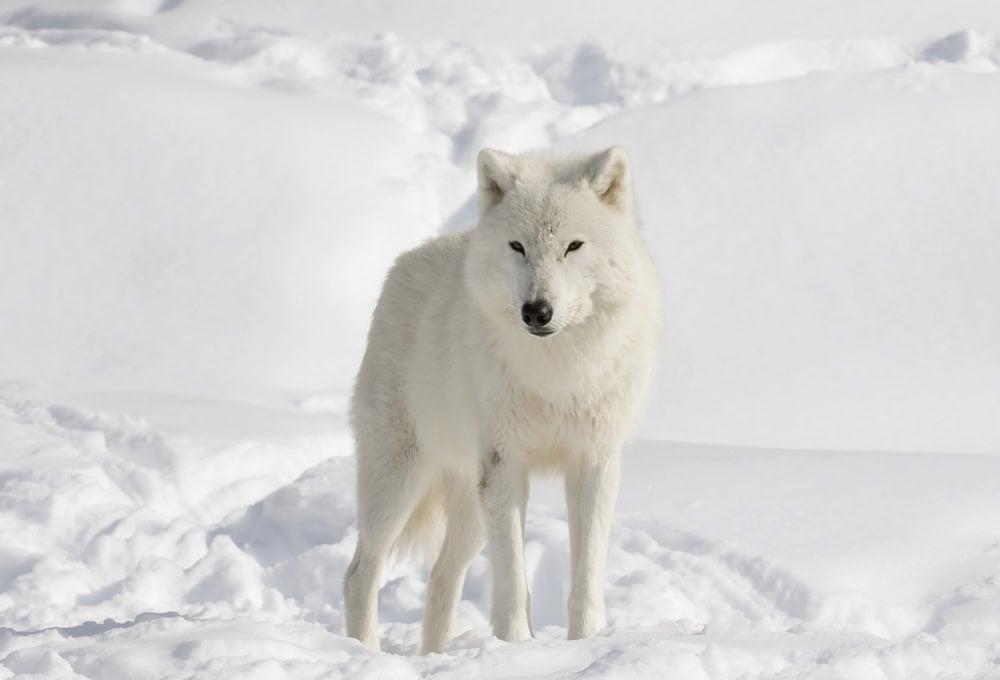
For wolves that have incorporated fishing into their hunting repertoire, the nutritional benefits are substantial. Salmon are exceptionally rich in protein, omega-3 fatty acids, and other essential nutrients. A single adult salmon can provide several pounds of highly digestible protein with minimal hunting effort compared to pursuing and taking down large mammals. This efficient foraging strategy allows fishing wolves to consume more calories while expending less energy—a critical advantage in ecosystems where energy conservation can mean the difference between survival and starvation.
Nutritional analyses have shown that wolves consuming salmon experience improved body condition before winter and may have better reproductive success. Female wolves with access to salmon resources tend to produce larger litters with higher pup survival rates. Additionally, the omega-3 fatty acids in salmon support brain development, immune function, and coat condition, potentially providing fishing wolves with physiological advantages over their non-fishing counterparts.
Environmental Factors Driving This Behavioral Adaptation
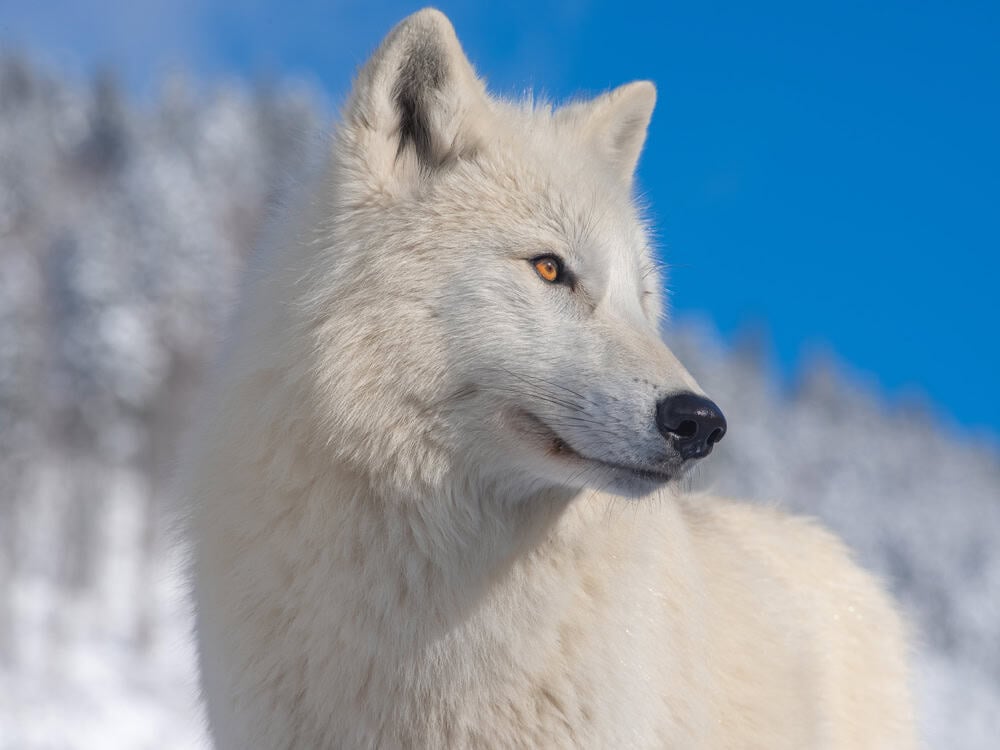
Several environmental factors have contributed to the development of fishing behavior in Alaskan wolves. Climate change has altered traditional prey distribution and abundance, potentially making traditional hunting less reliable in some regions. Simultaneously, habitat fragmentation and human development have restricted wolf territories and movement patterns in certain areas. Against this backdrop, the predictable abundance of salmon offers an alternative food source that wolves can exploit.
Additionally, the seasonal nature of salmon runs coincides with critical times in the wolf reproductive cycle, with spring and summer runs providing nutrition when packs are raising pups and fall runs helping wolves build fat reserves before winter. Researchers have noted that fishing behavior becomes more prevalent in years when ungulate populations are lower, suggesting that this adaptation may serve as an important buffer against prey scarcity. The coastal rainforest ecosystem of Southeast Alaska, with its network of streams and rivers, provides the perfect landscape for this behavioral adaptation to emerge and persist.
Learning and Cultural Transmission Among Wolf Packs

The fishing behavior observed in Alaskan wolves provides compelling evidence for cultural transmission of knowledge within wolf societies. Unlike instinctual behaviors that animals are born knowing how to perform, fishing is a complex skill that must be learned through observation and practice. Long-term studies of identified wolf packs have shown that fishing techniques are passed down from generation to generation, with distinct “fishing cultures” developing in different packs.
Pups born into fishing packs begin by watching adults during salmon runs, then gradually participate with increasing skill as they mature. Interestingly, when members of fishing packs disperse to form new packs, they often bring this knowledge with them, potentially spreading the behavior to new territories. This phenomenon represents one of the clearest examples of cultural evolution in a non-primate species. The sophistication of wolf fishing techniques and their transmission through social learning highlight the remarkable cognitive abilities of these animals and their capacity for behavioral innovation.
Competition with Bears for Salmon Resources

In Alaska’s salmon streams, wolves aren’t the only predators seeking to capitalize on the seasonal bounty. Brown bears and black bears are well-known for their fishing prowess and rely heavily on salmon to build fat reserves for hibernation. This creates potential competition between wolves and bears at prime fishing locations. Observational studies have documented interesting interactions between these apex predators at salmon streams. Wolves typically avoid direct confrontation with larger brown bears but may opportunistically scavenge bear-killed salmon or fish in areas less frequented by bears.
Some wolf packs have adapted to fish nocturnally when bear activity decreases, while others focus on smaller tributary streams that larger bears may neglect. Despite this potential competition, researchers have noted that the abundance of salmon during peak runs is usually sufficient to support multiple predator species without significant conflict. The relationship between fishing wolves and bears represents a fascinating example of niche partitioning, where competing predators find ways to share a common resource by adjusting their behavior in space and time.
Geographic Distribution of Fishing Wolves in Alaska
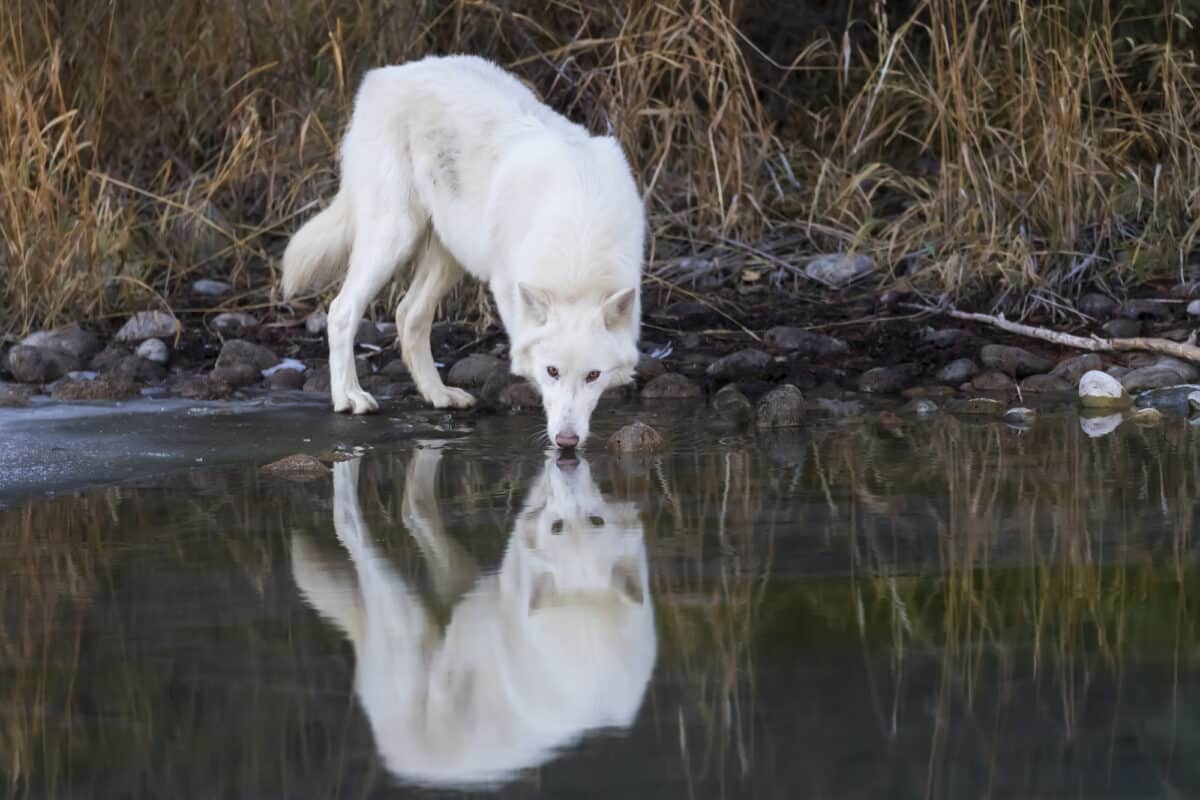
The phenomenon of wolves fishing is not uniformly distributed across Alaska but is concentrated in specific regions. The most well-documented populations of fishing wolves are found in Southeast Alaska’s Alexander Archipelago, particularly on Prince of Wales Island and adjacent islands. Significant fishing behavior has also been observed in wolf packs inhabiting the coastal areas around Katmai National Park, Lake Clark National Park, and portions of the Alaska Peninsula.
These regions share common features: close proximity to the coast, abundant salmon runs, and temperate rainforest ecosystems. Interestingly, fishing behavior is much less common or entirely absent in interior Alaska and the Arctic regions, despite these areas having substantial wolf populations. This geographic specificity suggests that fishing behavior emerges when certain ecological conditions converge: reliable salmon runs, suitable stream configurations for fishing, and perhaps reduced abundance of traditional prey. Genetic studies have revealed that many of these coastal fishing wolf populations have been isolated from interior wolves for thousands of years, allowing for local adaptations to coastal resources like salmon.
Conservation Implications for Fishing Wolves
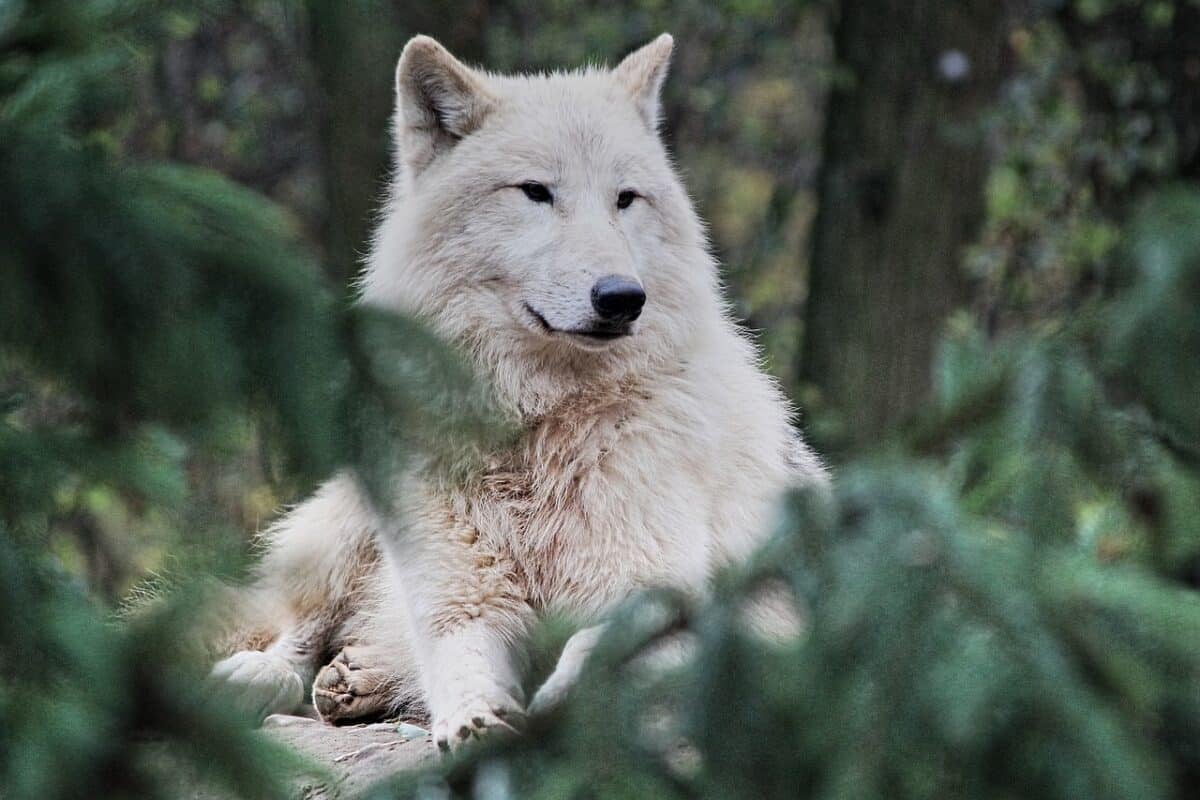
The discovery of fishing behavior in Alaskan wolves has significant implications for conservation strategies. These specialized populations represent unique ecological and behavioral adaptations that contribute to the overall biodiversity and resilience of wolf species. However, these fishing wolves face multiple threats. Commercial salmon harvesting can reduce the availability of this critical food source, while logging and development in coastal rainforests destroy critical habitat. Climate change threatens both salmon populations and the delicate rainforest ecosystems these wolves inhabit.
Additionally, fishing wolves are often more vulnerable to human activities due to their predictable presence near salmon streams, which can increase exposure to hunting, trapping, and human-wildlife conflicts. Conservation biologists argue that fishing wolves should be managed as ecologically distinct populations with specific protection measures. Some advocacy groups have called for reduced hunting quotas in areas with known fishing wolf packs and for the protection of key salmon streams within wolf territories. The preservation of this unique behavioral adaptation requires integrated management that considers both terrestrial and aquatic ecosystems.
Similar Adaptations in Other Wolf Populations

While Alaskan wolves represent the most well-documented case of wolves fishing, similar behaviors have been observed in a few other locations globally. Coastal wolves in British Columbia, Canada, which share many ecological similarities with their Alaskan counterparts, also engage in salmon fishing. There are limited reports of wolves occasionally catching fish in Minnesota and the Great Lakes region during spawning runs, though this appears to be more opportunistic than systematized. Historical records suggest that wolves in the Pacific Northwest may have once regularly fished for salmon before wolf populations were eliminated from much of their historic range.
Outside North America, there are anecdotal reports of wolves in parts of Russia occasionally fishing, though these have not been extensively studied. The relatively rare occurrence of fishing behavior globally makes the Alaskan wolves particularly significant as a model for understanding behavioral plasticity in response to environmental conditions. Comparative studies of fishing and non-fishing wolf populations provide valuable insights into how behavioral innovations emerge, spread, and persist in social carnivores.
The Future of Fishing Wolves in a Changing Climate

The future for Alaska’s fishing wolves remains uncertain as climate change alters their ecosystems in profound ways. Rising water temperatures are already impacting salmon populations, with some runs declining or shifting their timing. Changes in precipitation patterns affect stream flows and salmon spawning success, potentially reducing this critical food source for fishing wolves. Simultaneously, warming temperatures are allowing deer and other ungulate populations to expand northward in some regions, potentially providing alternative prey for wolves.
Ocean acidification and changing marine conditions further threaten the marine ecosystem that ultimately supports salmon runs. Researchers are closely monitoring how fishing wolves adapt to these changes. Some wolf packs may shift back to more traditional terrestrial hunting if salmon become less reliable, while others may develop new adaptations or feeding strategies. The remarkable behavioral plasticity that allowed wolves to begin fishing in the first place may be their greatest asset in navigating an uncertain future. However, the rate of current environmental change may exceed the pace at which cultural adaptations can evolve, placing these unique wolf populations at risk.
Conclusion: Remarkable Adaptation in an Iconic Predator

The fishing wolves of Alaska represent one of nature’s most fascinating examples of behavioral adaptation and ecological specialization. Their ability to cross the boundary between terrestrial and aquatic ecosystems demonstrates the remarkable plasticity that has allowed wolves to survive in diverse environments across the Northern Hemisphere for thousands of years. As we continue to study these unique populations, they offer valuable insights into the processes of behavioral innovation, cultural transmission, and ecological adaptation in intelligent social species.
The future of fishing wolves will depend on our ability to protect both the wolves themselves and the complex ecosystem that supports their specialized lifestyle. Their story reminds us that even well-studied species can surprise us with unexpected behaviors when given the opportunity to adapt to local conditions. As climate change and human activities continue to transform Alaska’s landscapes, the fishing wolves stand as both a testament to wildlife resilience and a warning about the vulnerability of specialized adaptations in the face of rapid environmental change.
- 7 Steps to Planting Admirably Beautiful Bluebonnets - August 18, 2025
- Why Some Wolves Are Now Fishing in Alaska - August 17, 2025
- 11 Animals That Look Straight Out of a Star Wars Movie - August 14, 2025

